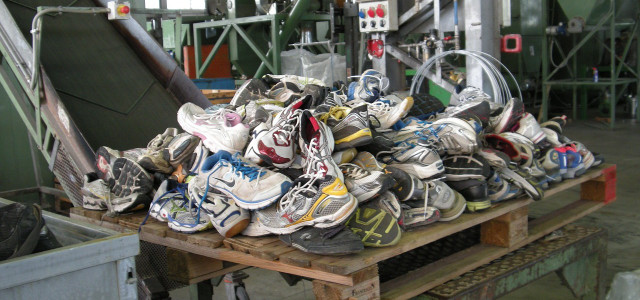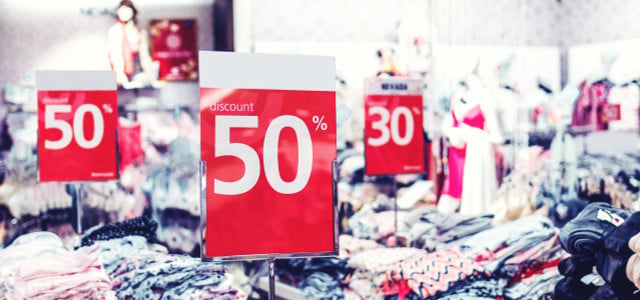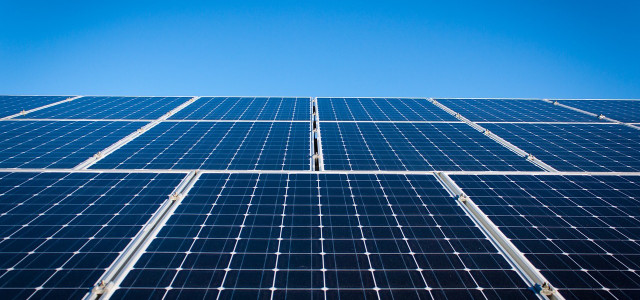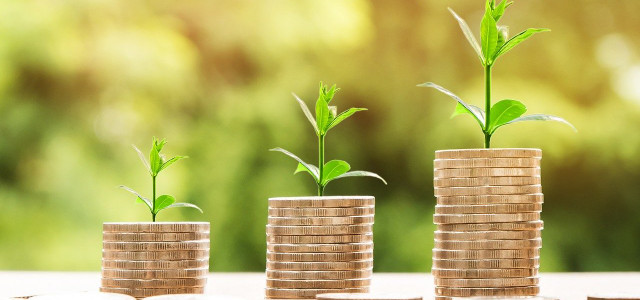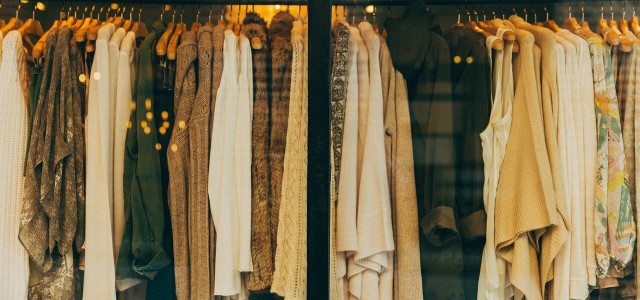What goes around, comes around: in this piece, we will cover some circular economy examples, discuss their impact, and explain the concept behind the economic model.
“In our current economy, we take materials from the Earth, make products from them, and eventually throw them away as waste — the process is linear. In a circular economy, by contrast, we stop waste frombeing produced in the first place.” — Ellen MacArthur Foundation
A circular economy is a system of solutions designed to challenge economic development, taking into account businesses, people, and the environment. Economic activity does not need to be paired with the consumption of finite resources.
When products are designed with a circular economy in mind, they are designed to be durable, high-quality products that can remain in a reusable cycle for longer. The cycle does not end there — in a circular economy, materials are saved to be re-added to the cycle where possible. A 3R model is applied: repair, reuse and recycle.
The concept of circular economy itself is not new, rather it originated as early as 1966 in a book by Kenneth E. Boulding, where he put forward a “cyclical” system of production.
In this piece, we will cover the concept of circular economy and give examples, keeping in mind the impact or purpose behind each.
How to Create a Circular Economy

(Foto: CC0 / Pixabay / elcodigodebarras)
The circular economy approach aims to transform the current economic “take-make-waste” system by looking at the management of resources, how products are made and used and how the materials can remain in the cycle.
When a circular economy is implemented in a business, the traditional linear system is disrupted to find a balance of economic sustainability that doesn’t compromise on waste or CO2 emissions.
When setting up a circular economy system in a business, the company must ask itself some important questions:
- What does the company stand for?
- How will a circular economic model affect business revenue?
- How can one scale the company based on a circular economy system?
- How to incorporate this within the company’s values?
- How will the company contribute to a better planet?
When a company implements a circular economic model, they select how to keep their main products or materials in the loop, for example through efficient reuse, recycling, or transportation of goods. The circular economy concept must be communicated with and worked on together with employees to find an innovative way that motivates and can keep all employees, clients, or customers involved in the cycle.
A circular economy does not just benefit the environment by preventing waste, securing the supply of raw materials by using those already existing but can also lead to company growth, positioning the company higher within the market and producing more job opportunities.
Potential Negatives of a Circular Economy
A circular economy can have its benefits, but there may also be issues with focusing on this economic model. For example, consider:
The problem of existing waste: While a circular economy encourages a loop of products, materials, and resources, what happens to our focus on the past waste we have created? How do we implement overfilled landfills into a circular economy? Circular economic models can seem like a distraction for our existing waste problem, as they focus only on waste that might be created in the future.
Job market concerns: While a circular economy could generate new jobs, it could also eliminate others, for example mining. This can create problems in areas where people rely on these jobs to survive.
The recyclability factor: When purchasing products it is not just recyclability we should take into account — something more recyclable could take more energy to produce.
We can only achieve lower consumption if we begin to value longevity and reuse of items over buying new material-based goods. Making good use of old clothes by donating them to a thrift store should not be a reason to fill the space in our closets with new items made of virgin materials. That is especially true when the clothes will end up on the landfill one day and donating them just delays this. Even when clothes are produced with circular economy in mind, meaning they can be recycled after use, there is still an energy cost to recycling them. Therefore, we should always try to make use of these clothes for as long as possible.
Greenwashing: When a large corporation, such as IKEA or Adidas, announces a circular economy scheme, consumers can be left wondering if they are merely “greenwashing” to uplift their public image. The danger is that when a big corporation implements a circular economy scheme for the wrong reasons, it may not be designed to last and can have a negative effect on consumers’ views of circular economies.
We’ll look at some circular economy examples below to examine the impact of these ventures.
1. Circular Fashion



(Foto: CC0 / Pixabay / angelsover)
First up, a circular economy example in fashion: A company called Ministry of Supply created a t-shirt that was 100% recycled from upcycled PET bottles that itself could be be 100 percent recyclable, produced in a factory supplied with 50 percent solar energy.
Using recycled materials in fashion items is just one part of the process. A truly circular fashion cycle requires reinventing fashion itself, depending on a product’s entire value chain and how we look at production or consumption.
By upcycling, repairing, reselling, swapping, or making garments more recyclable: one is able to extend the average lifespan of a fashion item or keep its materials in the cycle. Read about some more ideas on what to do with old clothes.
2. Circular Economy: Examples From Recycling
How does one deal with existing landfills and enable more recyclability of products and materials so that they can remain in a loop? Ideally, products are designed to be recycled. This is not possible with every material, as for example only some types of plastics are recyclable. After ensuring products are recyclable, systems need to be put in place that make the recycling possible and feasible for consumers as well as producers. When materials can and are recycled 100% and never end up in a landfill, this is called closed-loop recycling.
The cleaning brand Method, for example, uses old plastic bottles to make plastic packaging for their household products, often those picked up from the sea. This saves the plastic bottles from going to waste and stops the brand from using new plastic to create their packaging.
Deposit return schemes
Deposit return schemes offer an incentive to keep one of the 1.4 trillion drink containers produced each year in the cycle as opposed to producing more. They do so by adding a little deposit on top of the price of recyclable drinking container to make sure the consumers bring them back to a spot that can ensure recycling of the material.
Thermal recycling
Waste-to-energy (WtE) incinerators provide a useful method to reduce up to 90 percent of landfill waste and recover the useful energy they contain, which is called thermal recycling. A new process by the Norweigan company NORSEP can additionally prevent the problem of hazardous fly ash produced by the incinerators and turn it into non-toxic residue that can then be made into commercial products. By eliminating and using the usually hazardous fly ash, all useful materials can be saved from the incineration process.
3. Circular Food
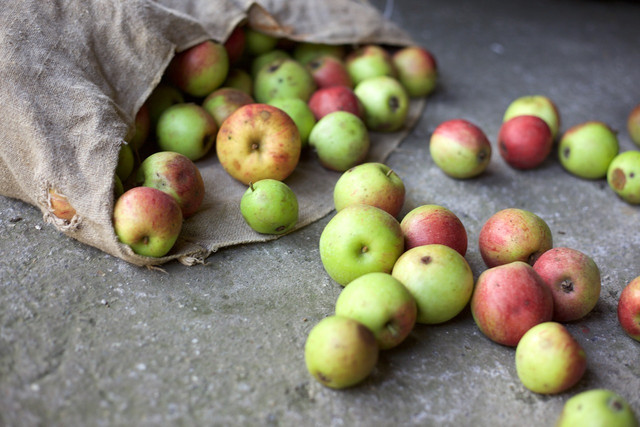


(Foto: CC0 / Pixabay / Filmbetrachter)
One-third of all food is wasted each year, according to the UN Environment Program. How do we design better systems that prevent the food from going to waste in the first place?
It’s important to differentiate what ‘circular food’ is in an ideal world, and what the reality looks like: According to the Ellen MccArthur Foundation, “a circular economy for food mimics natural systems of regeneration so that waste does not exist, but is instead feedstock for another cycle. In a circular economy, organic resources such as those from food by-products, are free from contaminants and can safely be returned to the soil in the form of organic fertiliser.” In reality the best we can do is often to avoid wasting food or adding non-biodegradable components to it. Here’s what that might look like:
- Community kitchens and surplus food distribution centers help save waste food from the bins. Dumpster diving, so searching for unused items in containers, is also quite popular across the world.
- Sustainable lifestyle apps like Too Good To Go offers a ‘magic bag’ of food at a lower cost from your local store — either at the end of the day, often in the case of bakeries, or products that are about to expire and probably won’t be sold in time. This offers the convenience and hygiene that dumpster diving doesn’t and prevents your local stores, restaurants, and cafes from chucking food away by being able to sell it at a lower cost.
- Meanwhile, the sugar producer British Sugar makes bioethanol renewable fuel from sugar syrup and sells the dirt and stone cleaned off the beet for industrial purposes. This ensures there is no waste in the production process from beginning to end.
4. Examples of Circular Design in Tech and Household
Technically, all products could be designed to be embedded into circular economy. For products that tend to be packaged in plastic, like cleaning products or cosmetics, or electronics that contain rare earth metals, this shift can be especially impactful. Two examples:
The phone company Fairphone has designed a phone made to last — with all parts easily replaceable or upgradeable if need be. The usual smartphone is replaced every 18 months — with replaceable and upgradeable parts Fairphone ensures a sturdy product that means this doesn’t have to be the case.
A company in Munich called Everdrop has come up with a range of cleaning products including dissolvable cleaning tabs that reduce the use of plastics. Instead of buying new plastic packaged cleaning products one can just buy cleaning tabs.
5. Circular Finance
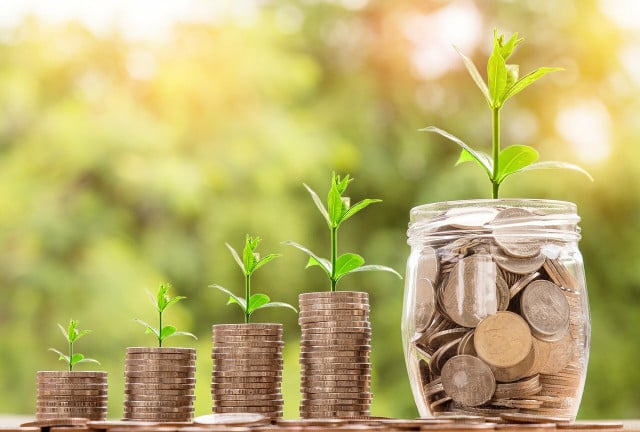


(Foto: CC0 / Pixabay / nattanan23)
Circular finance is needed to support the transition from the linear economy model. The UN Environment Programme’s (UNEP) report ‘Financing Circularity: Demystifying Finance for the Circular Economy’ explains how the financing sector can support a sustainable shift to a circular economy. It explores strategies from agricultural production to waste management.
The CEO of the world’s largest asset manager and investor, Blackrock, Larry Fink says about circular finance: “The concept of circular economy is so important, as I said, it’s a foundational blueprint, and if we could get more and more of the money owners to agree that this is a good way to invest, not just for social reasons, not just for environmental reasons, but for investment reasons, performance reasons.” — Larry Fink, CEO & Chairman, BlackRock
6. How Cities Apply Circular Economy: Examples
How do cities respond to urban resource challenges — how do they rethink (re-)using resources?
A circular city incorporates the concepts of circular economy across all areas — attaining an urban system that is adaptable, accessible, and complete by design from the buildings, to the water, nutrients, materials, and energy consumed. A circular city is smart, enabled by digital technology, set to eliminate the concept of waste by keeping products to their highest value.
For example, the #WearNext campaign implemented across New York aims to encourage all New Yorkers to keep clothes in use and out of landfills through more than 1,100 public and private collection points across the city where people can return clothes they no longer wear. #WearNext changes people’s attitude about their old clothes, disposing of clothes to be reused instead of sending them to landfills.
A circular city features buildings with regenerative components, an automated mobility system, and waste whose nutrients are returned.
How Governments & Societies Can Benefit From Circular Economy



(Foto: CC0 / Pixabay / MetsikGarden)
By tackling surplus materials and focusing on regeneration, the value of products could increase and more job opportunities could be created to restore what one already has, for example investments in retrofitting and better energy efficiency for old buildings.
“The circular economy, which promotes the elimination of waste and the continual safe use of natural resources, offers an alternative that can yield up to $4.5 trillion in economic benefits to 2030.” World Economic Forum.
A correctly governed circular economy scheme has the potential for a more efficient system where resources are used to their full potential, carbon emissions are reduced and new employment opportunities are created. A circular economy develops new potential for entrepreneurs and a need to fulfill new knowledge-based jobs.
Circular Economy in Biodiversity
By making better use of natural resources and keeping hazardous electric waste or polluting plastic waste out of the system for longer, we could reduce air, water, soil and sea pollution — beneficial both for human health and biodiversity.
Of course, by using less natural resources we could regenerate a more thriving biodiverse environment, as opposed to one in which, for instance, more trees are cut down than stand.
Read more:
- Precycling: How to Say No to Packaging Waste
- Planned Obsolescence: 5 Examples of Absurdity
- Zero Waste Makeup: 5 Best Brands Made in the USA
Do you like this post?






